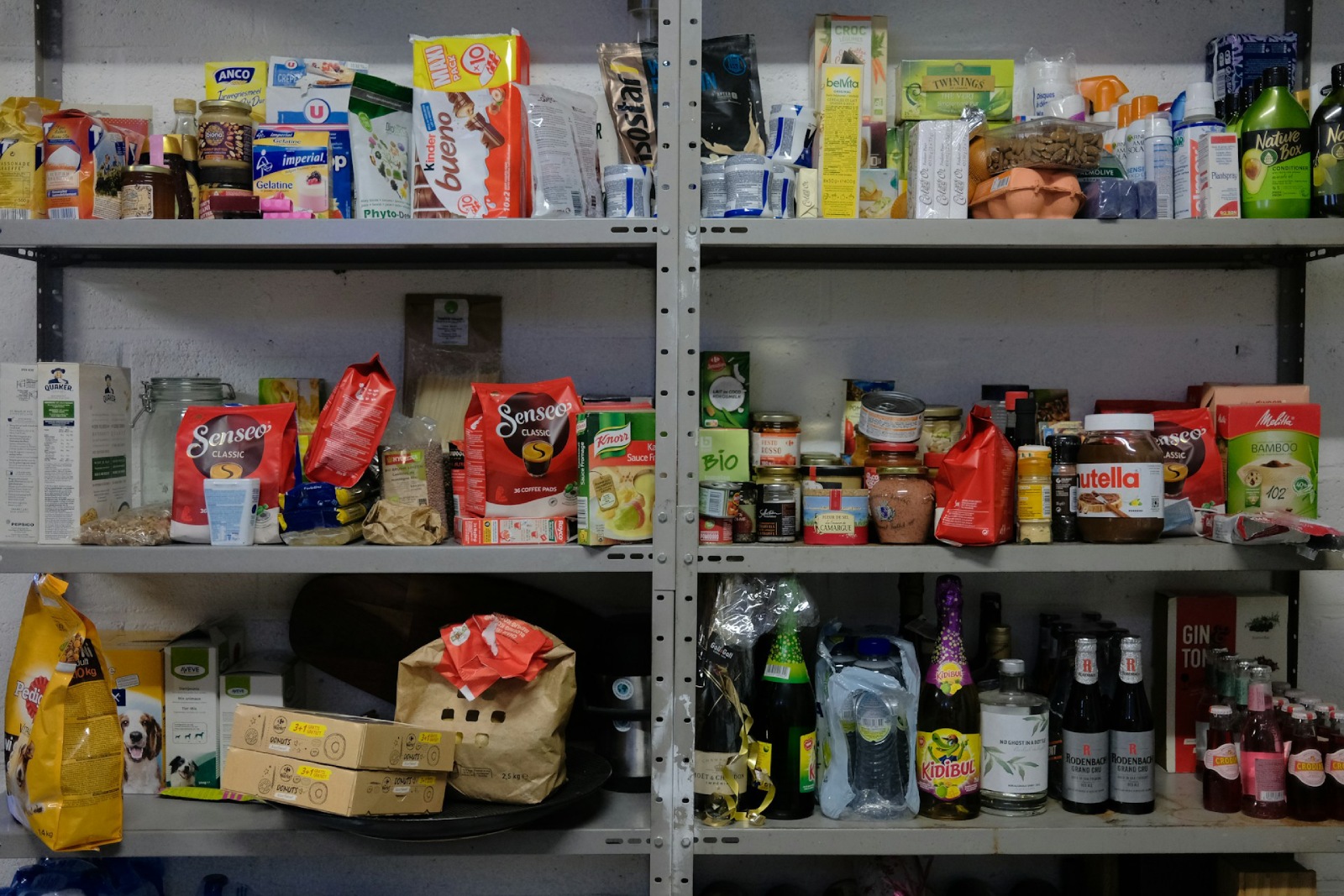When it comes to emergency preparedness, a reliable food supply is one of the most crucial steps to consider. Whether you’re facing a natural disaster, prolonged power outage, or just want peace of mind, having a 2-week emergency food supply can make all the difference. Here’s a simple, practical guide to building a supply that keeps you and your family nourished, healthy, and safe.
Determine Your Caloric Needs
Before diving into what foods to buy, it’s essential to determine how much food you’ll need. The average adult requires about 2,000–2,500 calories per day. For a 2-week supply, multiply that by 14 days to understand your overall caloric requirements. Don’t forget to consider everyone in your household, including children, whose needs may be slightly different.
Quick Tip: Use a calorie calculator online if you want precise numbers based on age, gender, and activity level.
Choose Foods That Are Calorie-Dense and Shelf-Stable
In an emergency, shelf-stable foods are the best choice since they can be stored for extended periods without refrigeration. Choose items that are rich in calories, fiber, and protein to help keep you fuller for longer. Some excellent options include:
- Canned Proteins: Tuna, chicken, beans, and sardines are rich in protein, easy to store, and require little prep.
- Whole Grains: Rice, quinoa, and oats have a long shelf life and are versatile staples.
- Nuts and Seeds: Almonds, peanuts, and sunflower seeds are high in healthy fats and calories.
- Dried Fruits and Vegetables: Lightweight, nutritious, and great for variety, dried fruits and vegetables help prevent “menu fatigue.”
Tip: Opt for low-sodium canned goods if possible to help control your salt intake in a situation where water may be limited.
Don’t Forget Water and Hydration
Water is as essential as food during an emergency. You’ll need at least one gallon of water per person per day for drinking and basic hygiene. For a 2-week period, that’s 14 gallons per person. Consider also having water purifiers or purification tablets as backups in case your water supply runs out.
Extra Tip: Keep water stored in a cool, dark place to maximize its freshness, and rotate your water supply every six months to prevent contamination.
Plan for Balanced Nutrition
A 2-week food supply doesn’t have to be a bland diet of rice and beans. Balance your food types to include:
- Carbohydrates: Oats, pasta, crackers, and grains for energy.
- Proteins: Canned or dried meats, legumes, peanut butter, or protein bars.
- Fats: Cooking oils, nuts, and seeds to sustain energy.
- Vitamins: Powdered drink mixes with added vitamins, canned fruits, and vegetables.
Tip: A few small jars of seasoning, sauces, or condiments can go a long way in improving morale and flavor when choices are limited.
Choose Foods with Minimal Prep Needs
In many emergencies, access to cooking facilities and electricity may be limited. Look for foods that require little to no preparation, such as:
- Ready-to-eat canned foods (e.g., chili, soup, pasta).
- Dehydrated or freeze-dried foods that only need water.
- Granola bars, trail mix, and other easy snacks.
Extra Tip: Consider a small camping stove, fuel, and matches or a lighter in your kit if you want the option to heat food or boil water.
Rotate and Check Expiration Dates
Emergency supplies aren’t something you buy and forget. To keep your food fresh, check expiration dates every 6–12 months and replace any items approaching their “best by” dates. Not only does this keep your food supply safe, but it also helps you make use of any aging stock before it goes to waste.
Consider Special Dietary Needs
If anyone in your household has allergies or dietary restrictions, plan accordingly. This could mean stocking up on gluten-free grains, dairy-free milks, or any other specific items that fit their needs.
Tip: Label these items separately in your pantry or emergency storage to avoid confusion during a high-stress situation.
Additional Supplies for Food Preparation and Storage
In addition to food, having the right tools on hand is critical. Some items to consider include:
- Manual Can Opener: Don’t forget this crucial tool for canned goods!
- Disposable Utensils and Paper Plates: Useful if water for washing dishes is scarce.
- Food Storage Bags and Containers: For keeping leftovers or protecting food from pests.
Quick Tip: A resealable bag with salt, pepper, and basic seasonings is easy to store and can add comfort to basic meals.
Final Thoughts
Creating a 2-week emergency food supply doesn’t have to be overwhelming. By focusing on calorie-dense, nutritious, and long-lasting foods, you’ll be well on your way to ensuring peace of mind for you and your loved ones in any situation. Remember, the goal isn’t just to survive but to stay as comfortable and nourished as possible during challenging times.
Building your emergency food supply now means one less worry later, and it’s a proactive step towards staying prepared and protected.




